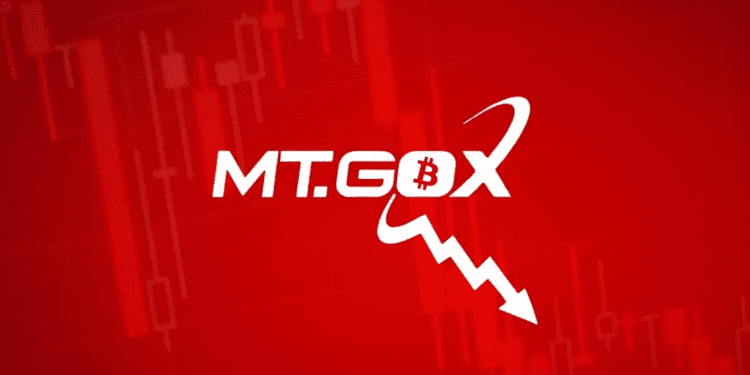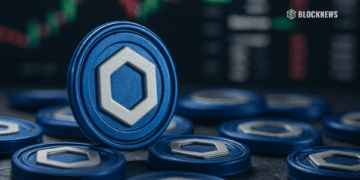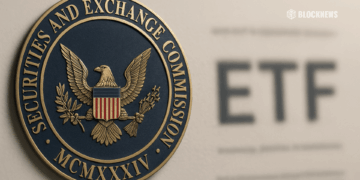- Mt. Gox creditors were given time to file claims and receive distributions until April 6
- Asset distribution date was also pushed back to October 31
- Anyone who submitted valid claims can take a lump-sum option
Creditors of the now-defunct Mt. Gox cryptocurrency exchange have been granted additional time to file claims and receive distributions, according to an official announcement.
The registration deadline initially set for March 10, has been extended by another month until April 6. The asset distribution date, scheduled for September 30, has also been pushed back by a month to October 31.
The document stated the extensions were due to progress made on selection and registration by rehabilitation creditors. Those who submit valid claims can take a lump-sum payment in bank remittance, through a fund transfer service provider, or via a cryptocurrency exchange or custodian.
Mt. Gox used to process more than 70% of all Bitcoin transactions before its collapse in 2014 due to a massive hack that saw thousands of coins stolen from the platform and forced it into bankruptcy soon after.
In February, a report from Cointelegraph said that creditors could choose between taking an early payout at 90% of what they are owed – with no need to sell tokens since they would be paid in BTC – instead of waiting nine years for their total amount if they prefer not to receive the lower amount now.
Due to the drastic increase in the value of Bitcoin since Mt. Gox’s demise in 2014, there has been speculation about whether creditors will flood the market with large amounts of coins if they choose to sell their holdings; however, according to Bloomberg reports, the most significant creditors do not plan on doing so anyway.
The Infamous History of Mt. Gox
Once the world’s largest crypto exchange, Mt. Gox’s shady past changed cryptocurrency forever. Founded in 2010 by Jed McCaleb, it quickly surpassed all other businesses combined, accounting for 70% of all Bitcoin transactions at its peak.
Mt. Gox was a Tokyo-based cryptocurrency exchange once the world’s most powerful Bitcoin trading platform. It rose to fame due to its rapid growth and user-friendly interface, but it also had a tumultuous past, one which continues to reverberate today.
However, in 2014, it was hacked, and 800,000 Bitcoins were stolen from the platform – equivalent to around half a billion USD. In response to this crippling hack, Mt. Gox declared bankruptcy and sought protection under Japanese law. This event became known as one of the most devastating hacks in history and sent shockwaves throughout the cryptocurrency industry.
The hack raised serious questions about security at the exchange, mainly because management failed to protect user funds adequately. Many crypto community customers and members began to view Mt. Gox as an example of how not to do things in the nascent industry of cryptocurrencies.
Despite this, some people continued to use Mt. Gox as their primary source for buying and selling crypto assets – perhaps out of loyalty or desire for simplicity – until finally shutting down entirely in 2014.














